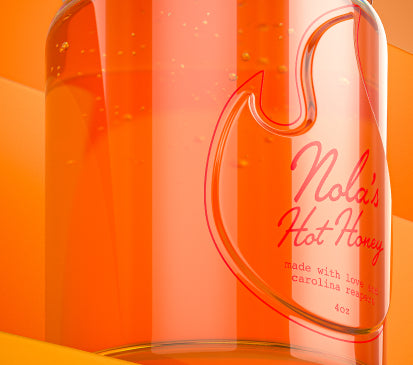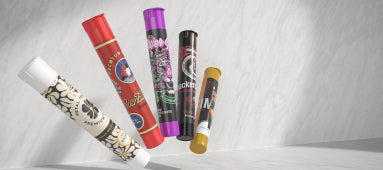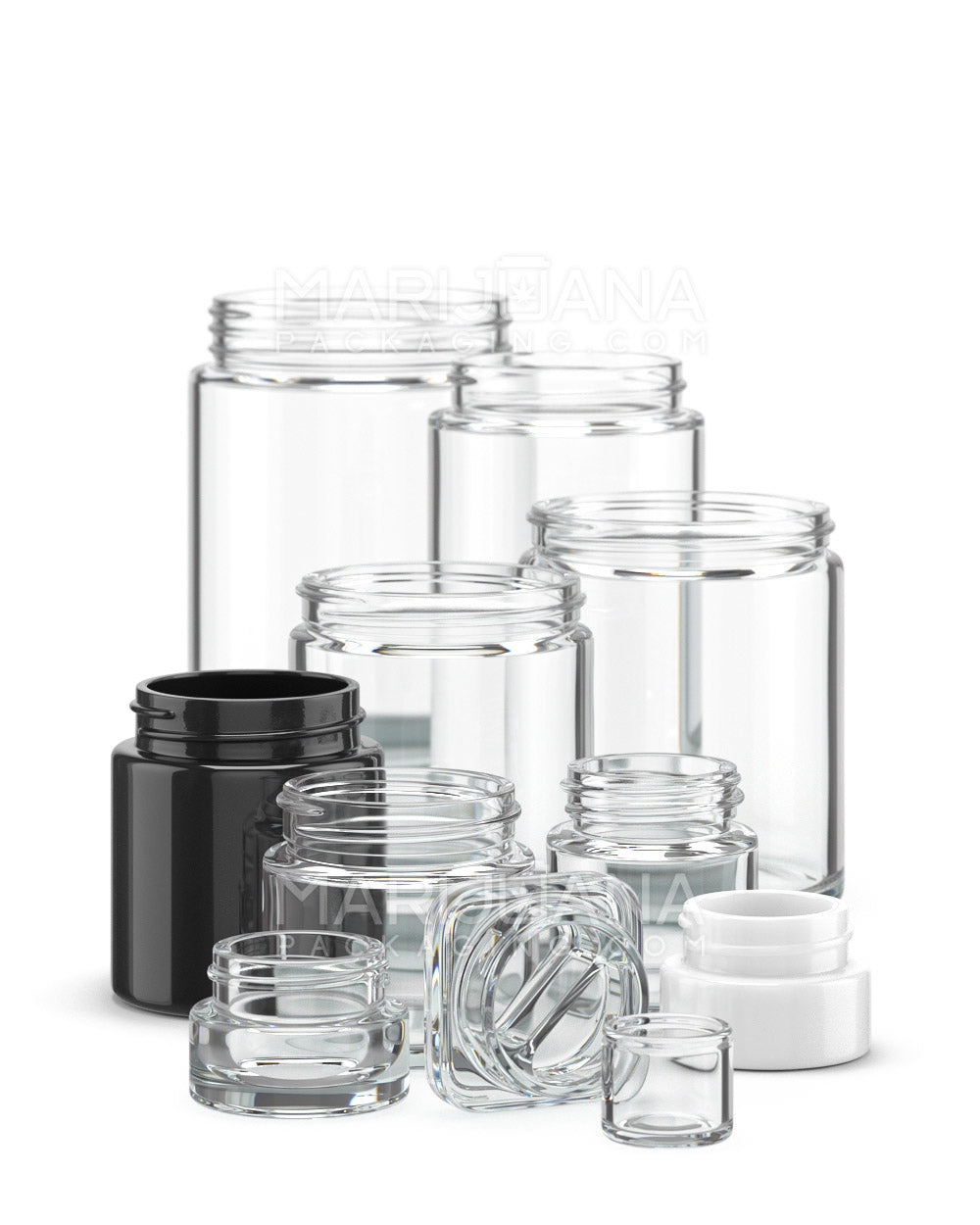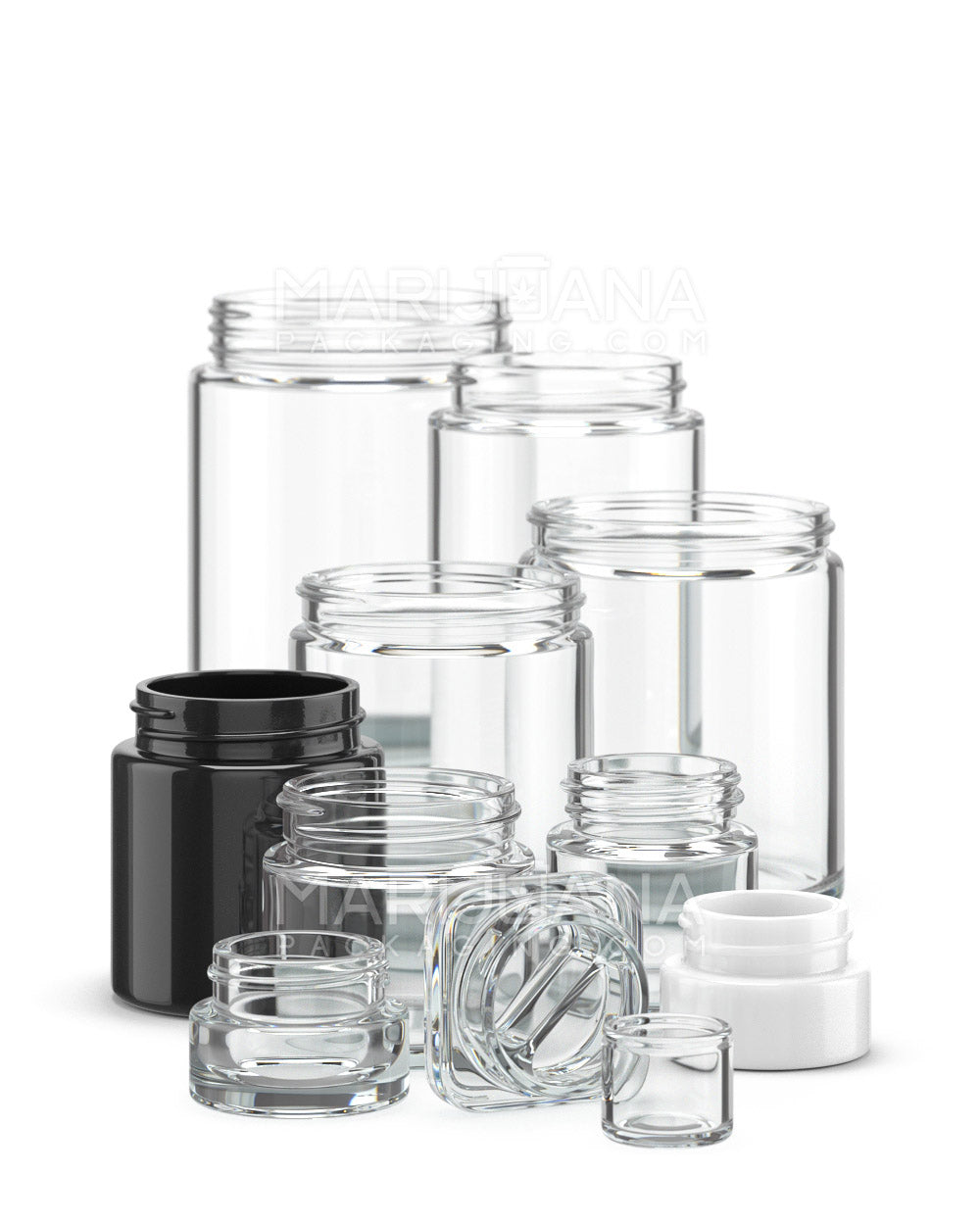Marijuana, also known as cannabis, has been a topic of interest and debate for a long time. As more countries and states consider legalizing or decriminalizing this plant, it's interesting to look at how many people around the world actually use it. Marijuana is often used for both medical and recreational purposes, and its social acceptance is growing.
In this article, we'll take a closer look at the global consumption of marijuana. We'll explore the numbers, dig into the reasons behind its use, and consider the factors that affect its popularity. From cultural influences to changing laws, we'll cover it all to understand this global phenomenon.
Global Marijuana Use: An Overview
It's no secret that marijuana is one of the most widely used substances around the globe. But just how many people are lighting up? According to the United Nations’ World Drug Report, approximately 3.9% of the global population aged 15-64 used marijuana in the past year. This translates to about 192 million people. That’s a significant number, but it's important to remember that usage rates vary greatly from one region to another.
In some parts of the world, like North America and Europe, marijuana use is more common due to legal and cultural acceptance. In other areas, strict laws and cultural norms keep usage rates much lower. This disparity can be attributed to a variety of factors, including legality, social acceptance, and availability.
Regional Breakdown of Marijuana Use
When it comes to marijuana consumption, the numbers can be quite different depending on where you look. Here's a quick breakdown of usage rates by region:
- North America: The United States and Canada have some of the highest rates of marijuana use in the world. In the U.S., about 15% of the population reported using marijuana in the past year. Canada's numbers are similar, thanks in part to full legalization in 2018.
- Europe: Usage varies across Europe, with countries like France and Spain reporting higher rates of use at around 11%. In contrast, Eastern European countries tend to have lower rates, often due to stricter laws and less social acceptance.
- Asia: Marijuana use is generally less common in Asia, with strict laws and cultural taboos limiting consumption. Exceptions include countries like Israel, where medical marijuana is more accepted.
- Oceania: Australia and New Zealand have moderate usage rates, with around 10% of the population partaking in marijuana use annually.
- Africa: Usage varies widely, with some regions having high consumption rates despite legal restrictions. South Africa, for example, has a notable level of use.
- South America: Countries like Uruguay, which has fully legalized marijuana, show higher usage rates compared to their neighbors.
Legalization and Its Effects on Usage
The legal status of marijuana plays a huge role in how many people use it. In places where it's legal, either for medical or recreational purposes, usage rates are generally higher. Legalization tends to make marijuana more accessible and socially acceptable, encouraging more people to try it.
For instance, in the United States, states like Colorado and Washington saw an increase in usage following legalization. This uptick isn't just about new users; many people who previously consumed marijuana illegally now feel more comfortable doing so legally.
However, it's not just about the laws. Cultural attitudes also shift with legalization. As marijuana becomes more mainstream, even those who don't use it might become more accepting of those who do. This social shift can further influence consumption rates.
Medical vs. Recreational Use
Marijuana isn't just for getting high. A significant portion of users consume it for medical reasons. Conditions like chronic pain, anxiety, and epilepsy are often treated with medical marijuana. In fact, in some areas, medical use is more common than recreational use.
In countries with established medical marijuana programs, like Canada and Germany, patients have access to cannabis through prescriptions. For these users, marijuana is less about recreation and more about managing health conditions.
However, recreational use still makes up a large portion of global consumption. Whether it's for relaxation, creativity, or socializing, many people turn to marijuana for its psychoactive effects. The balance between medical and recreational use can vary depending on legal frameworks and cultural attitudes in different regions.
Cultural Influences on Marijuana Consumption
Culture plays a big role in how marijuana is perceived and used. In some societies, marijuana has been part of traditional medicine or religious rituals for centuries. In others, it's seen as a symbol of rebellion or counterculture.
For example, countries like Jamaica have a long history of marijuana use tied to Rastafarian culture. In India, cannabis has been used in religious contexts for thousands of years. These cultural ties can influence how marijuana is used and viewed in these regions.
On the flip side, some cultures have strong taboos against drug use, including marijuana. In these societies, consumption rates tend to be lower, and users may face greater stigma. Understanding these cultural nuances helps explain the varied global landscape of marijuana use.
Factors Affecting Marijuana Use
While legality and culture are major factors in marijuana use, they're not the only ones. Several other elements can affect how and why people consume cannabis.
- Availability: Access to marijuana can determine usage rates. In places where it's easy to obtain, more people might try it.
- Price: The cost of marijuana can deter or encourage use. High prices might make it less accessible to some, while affordable options can lead to higher consumption.
- Public Perception: How society views marijuana can impact use. Positive portrayals in media and changing social norms can make it more appealing.
- Peer Influence: People are often influenced by their peers. If a friend group is open to marijuana use, individuals might be more likely to try it.
These factors, combined with legal and cultural influences, create a complex picture of marijuana use worldwide.
Changing Trends in Marijuana Consumption
Marijuana use isn't static; it evolves with time. New trends emerge as laws change, as do consumption methods. For instance, the rise of edibles and vapes has offered alternatives to traditional smoking, attracting different users.
Legalization has also opened up research opportunities, leading to new strains and products tailored to specific effects. As the industry grows, so do the options for consumers, which can affect how people use marijuana.
Moreover, as more countries consider legalization, global usage patterns may shift. Watching these trends can offer insights into the future of marijuana consumption.
Social and Economic Impacts of Marijuana Use
Marijuana use doesn't exist in a vacuum; it has broader social and economic impacts. Economically, legalization can lead to job creation and increased tax revenue. States like Colorado have seen significant economic benefits from legal marijuana sales.
Socially, marijuana can affect communities in various ways. Some argue it can lead to increased social cohesion, while others worry about potential negative effects, such as impaired driving or youth access.
Understanding these impacts is key to navigating the complex world of marijuana legalization and consumption.
The Future of Marijuana Use
So, what does the future hold for global marijuana use? As more regions consider legalization, usage rates may continue to rise. However, it's not just about more people using marijuana. It's about how it's used, perceived, and integrated into society.
With ongoing research and changing laws, marijuana's role in medicine, recreation, and culture will likely continue to evolve. The future might bring new challenges and opportunities as the world navigates this rapidly changing landscape.
Final Thoughts
Marijuana use is a global phenomenon with deep cultural, legal, and social roots. While it's difficult to pin down exact numbers, it's clear that a significant portion of the world's population consumes marijuana for various reasons. As laws and perceptions continue to shift, so will usage patterns.
If you're involved in the marijuana industry, from cultivation to distribution, Gamut can help you stand out with its comprehensive packaging solutions. From jars to bags and everything in between, Gamut's expertise can make your products the best they can be. Embrace the future of marijuana with packaging that truly makes your brand unforgettable.



















